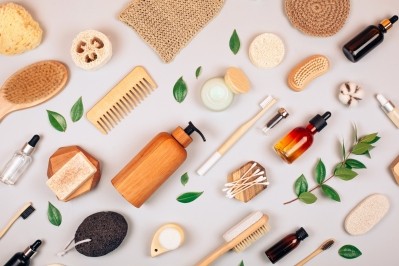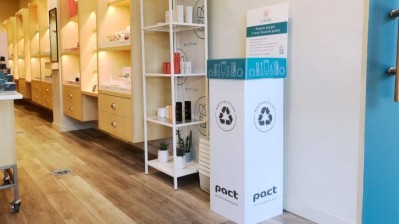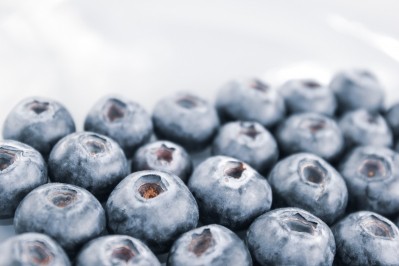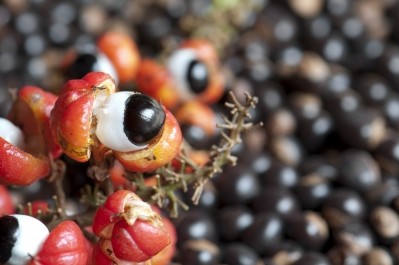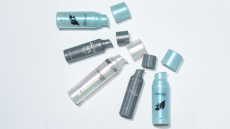Yucca, taro, and banana fruit agro-waste share upcycling potential for bioplastic cosmetic packaging
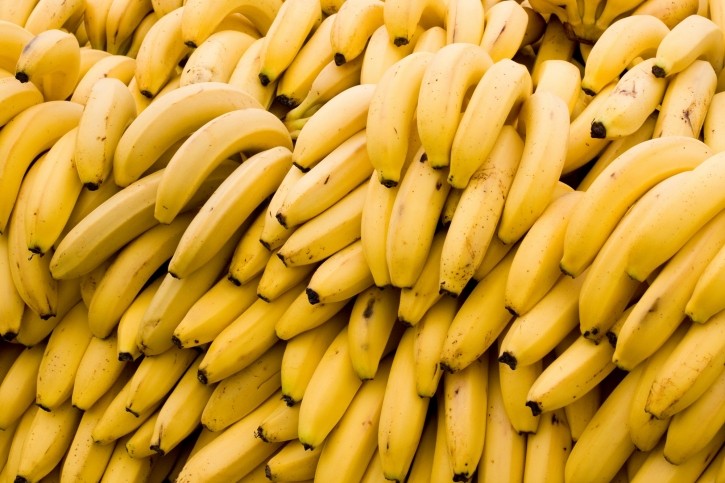
A new study found that taro, yucca, and banana agro-waste demonstrate desirable properties for upcycling into bioplastics, including for cosmetic packaging.
The study, published in Polymers, provided new physicochemical and thermal properties for the agro-wastes — valuable information which can help determine how each bioplastic can best be utilized.
Using agro-industrial wastes as bioplastics can provide a more sustainable solution, as "the developed bioplastics possess inherent properties that make them ideal for various industries, including the food, cosmetics, biomedical, and agricultural sectors,” study authors stated.
The authors tested taro, yucca, and banana agro-waste from Honduras. The results showed each plant yielded a desirable bioplastic, though each had different properties. Bananas had the best mechanical properties, while taro had the best water-uptake capacity.
“Based on the FTIR characterization, all three types of Honduran stabilized agro-wastes show potential as suitable candidates for the fabrication of bioplastics, each with their own unique advantages in terms of molecular composition and functional groups,” the authors wrote.
Functional characteristics of the three agro-wastes
Though each of these materials had been tested for bioplastic use before, a gap in physicochemical and thermal properties existed before this study. This research provides information on these properties, which will help optimize the processes used to develop them as bioplastics, and can also specify which industry or product each is best utilized for.
The authors picked these three materials due to prior research on each plant, which shows its function as a bioplastic and some unique characteristics. Taro has a high starch content, which lends itself to bioplastic use and is very cost-effective.
Yucca is a sustainable crop naturally resistant to diseases and pests, resulting in high yields and easy cultivation. Banana can produce a strong and durable bioplastic due to its high fiber content and is also a widely available and affordable crop.
Agro-waste to bioplastic
The authors collected damaged and deformed taro, banana, and yucca fruits that were not marketable for quality of hygiene issues. Each agricultural product was turned into flour, mixed with glycerol and water, then extruded into pellets, forming the bioplastics.
Bioplastics have many different uses and properties. For example, packaging bioplastics must be impermeable, while those used for hygienic products can be permeable — in fact, high water uptake is a benefit.
The authors found that taro flour absorbed the most water, lending itself to hygienic products. Banana flour had the highest moisture content and best mechanical properties. But overall, all three agro-waste products showed potential as bioplastics.
“Overall, the research contribution of this study is significant as it presents an eco-friendly and sustainable alternative to traditional plastics and promotes the circular economy in the agro-industrial sector,” the authors wrote.
Source: Polymers
2023, 15(12), 2625; https://doi.org/10.3390/polym15122625
Title: “Valorization of Honduran Agro-Food Waste to Produce Bioplastics”
Authors: Castro-Criado, D., et al.
